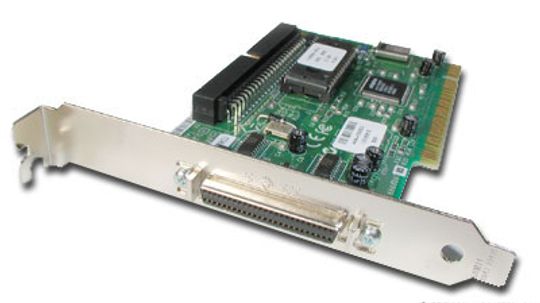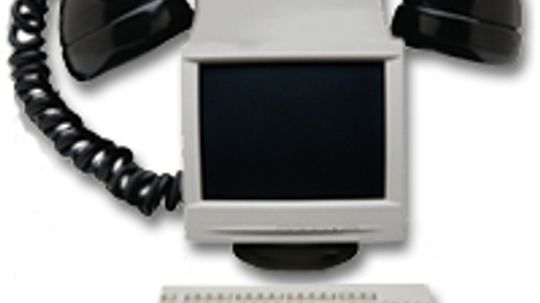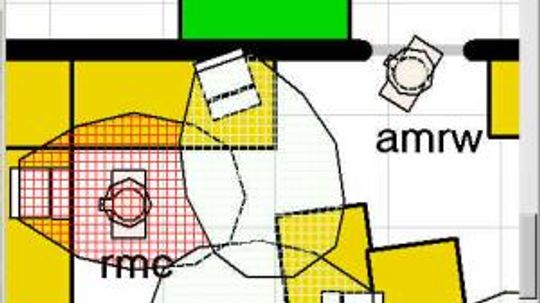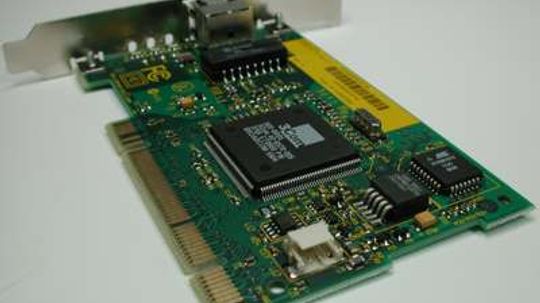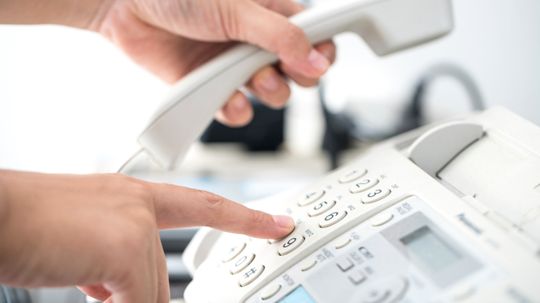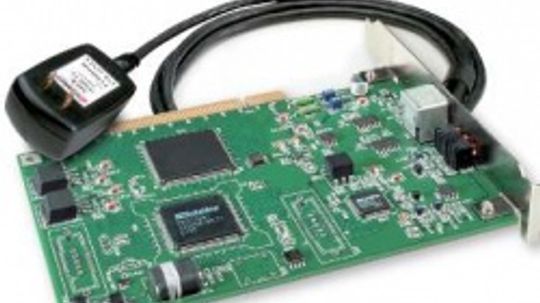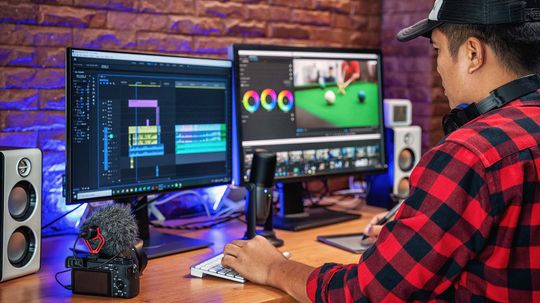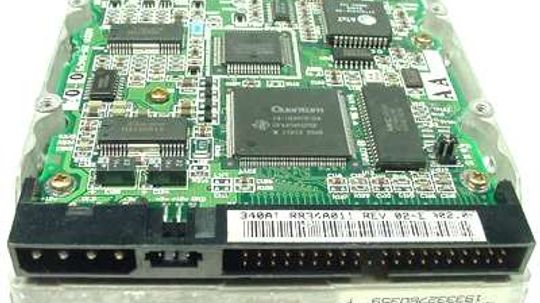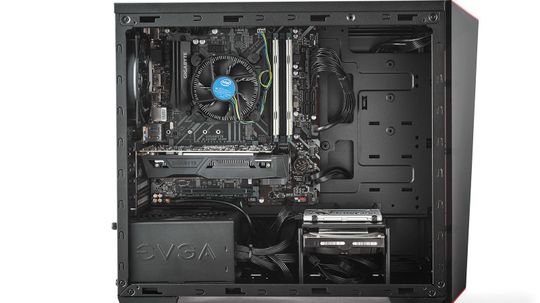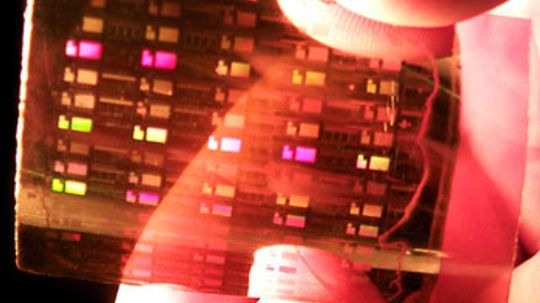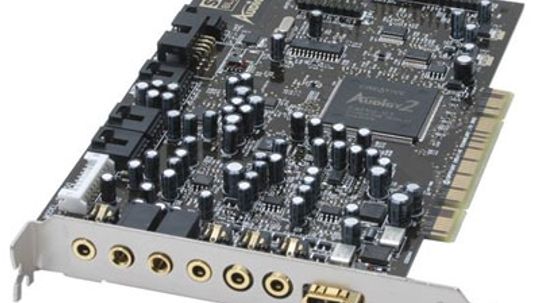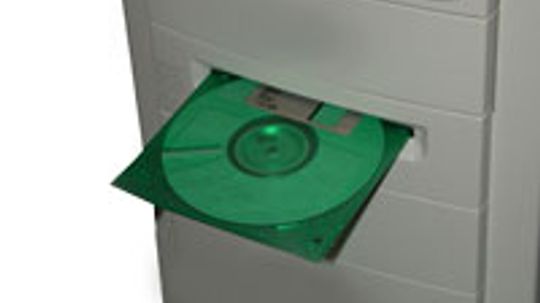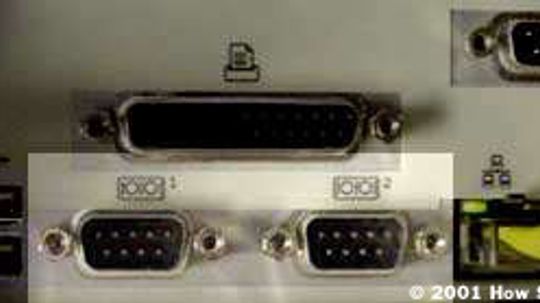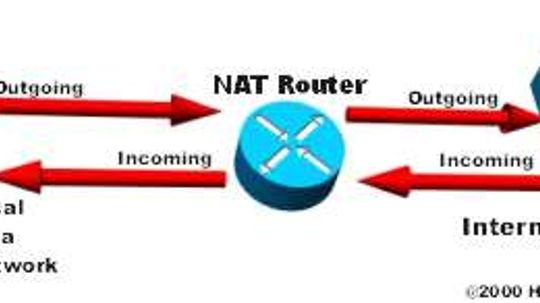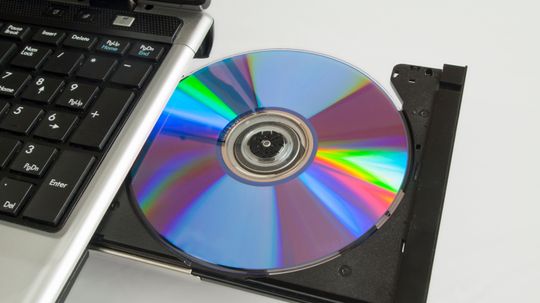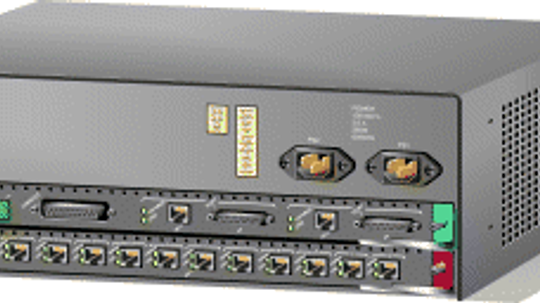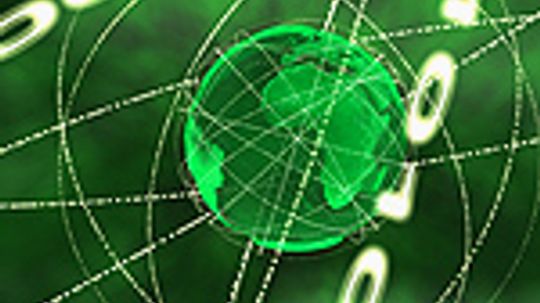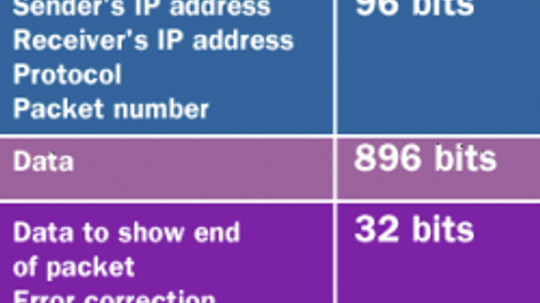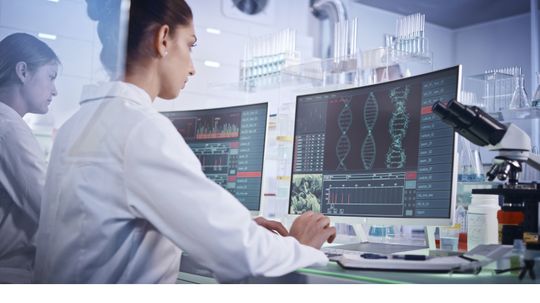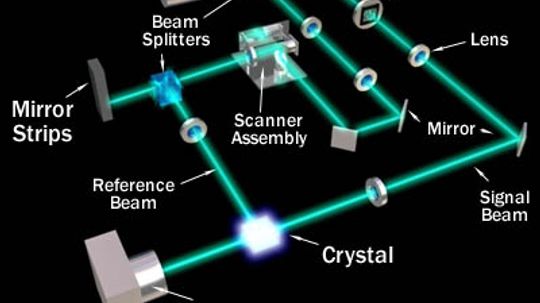Computer Hardware
From USB connectors to motherboards, the HowStuffWorks Computer Hardware Channel will help you find explanations, reviews, videos and prices for the parts you need.

Why Is My Computer So Slow? 5 Reasons and How to Fix Them

Should You Shut Down Your Computer Every Night?
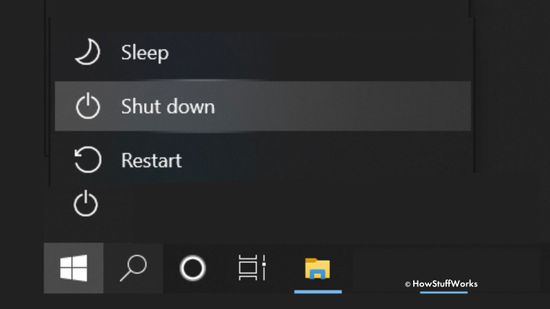
What's the Difference Between Restarting and Shutting Down My Computer?
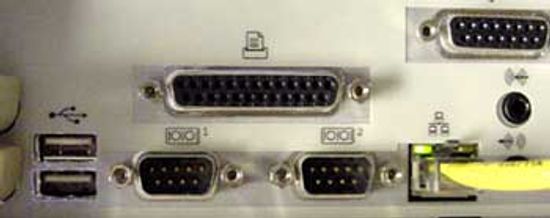
How Parallel Ports Work
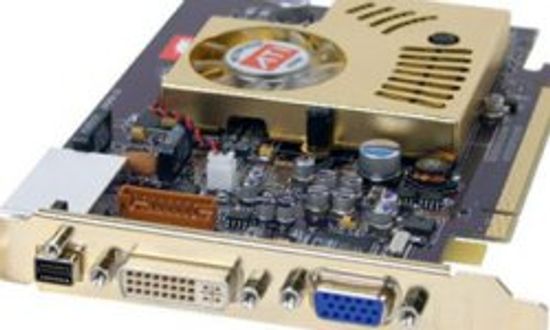
PCI Express Image Gallery
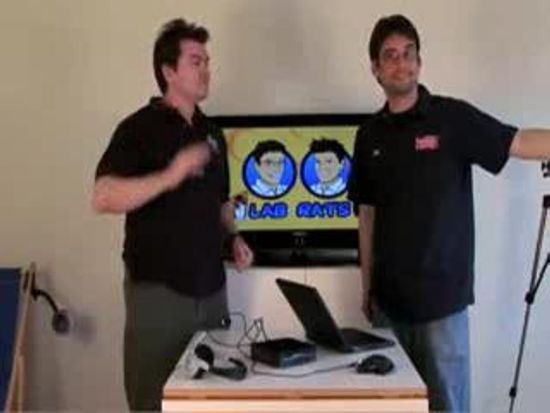
What is the main difference between FireWire and USB?
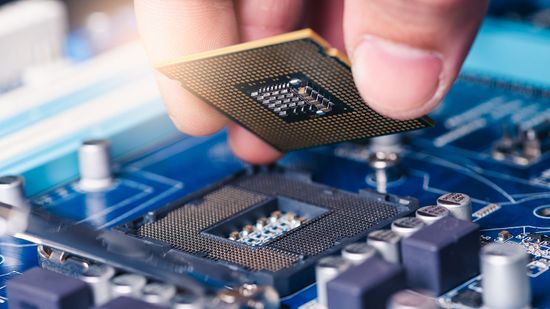
How to Overclock Your CPU
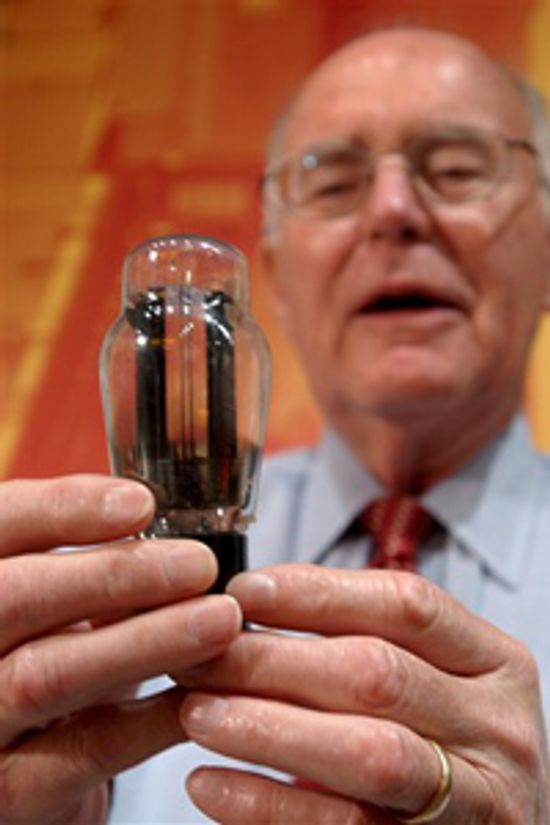
Is Moore's Law outdated?
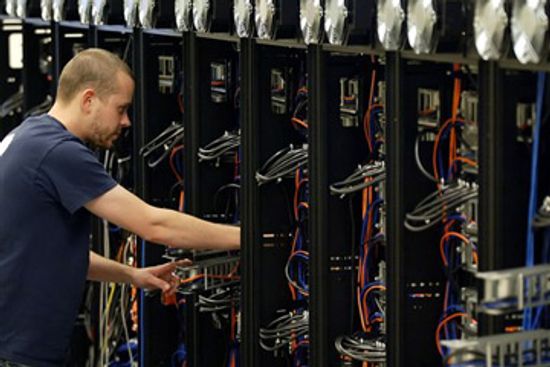
What is computing power?
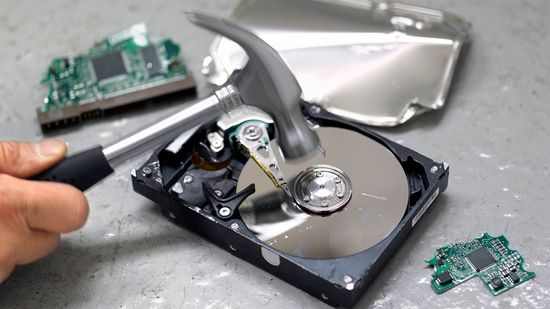
How to Wipe a Computer's Hard Drive

How to Fix the Black Screen of Death
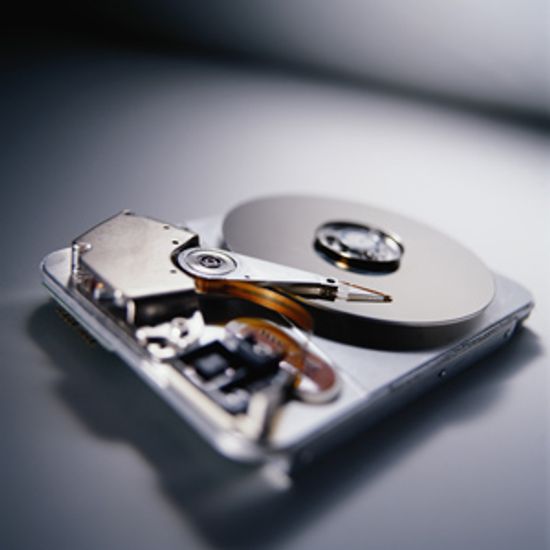
Should I move my hard disk to the cloud?
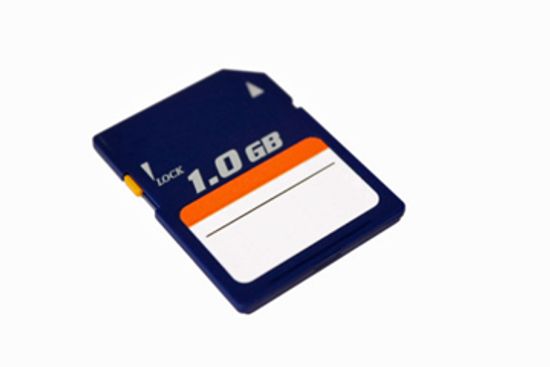
How Secure Digital Memory Cards Work
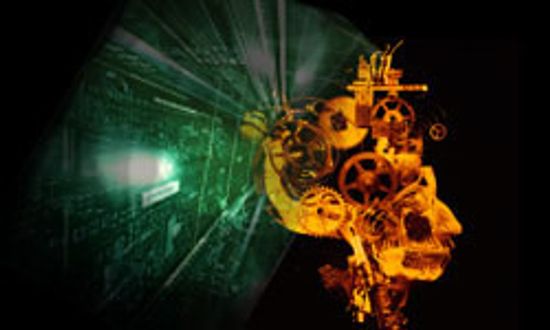
Computer Memory Pictures
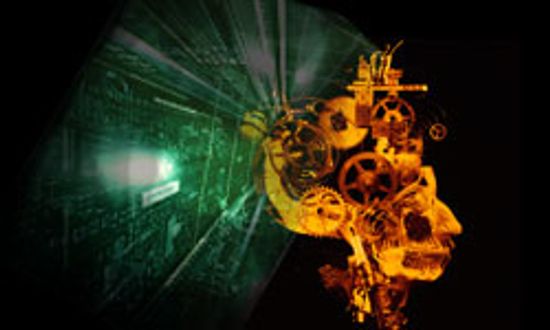
What is virtual memory?
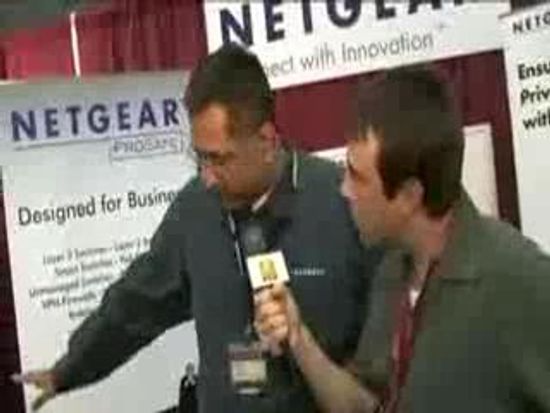
What are the three types of VPN?
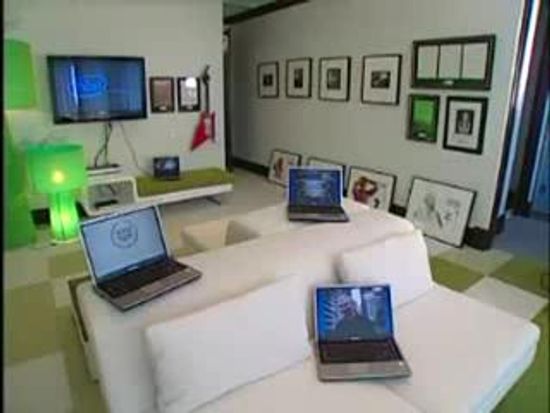
What do you need to build a private WiFi network?

What Does a Server Do?
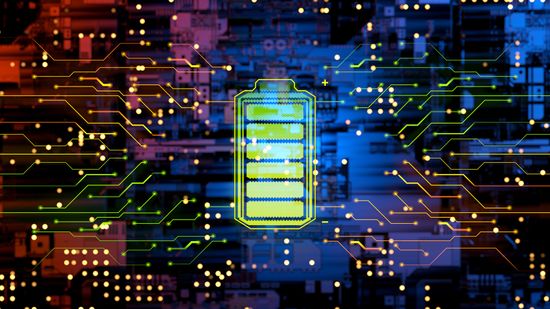
What Is a UPS? How an Uninterruptible Power Supply Works
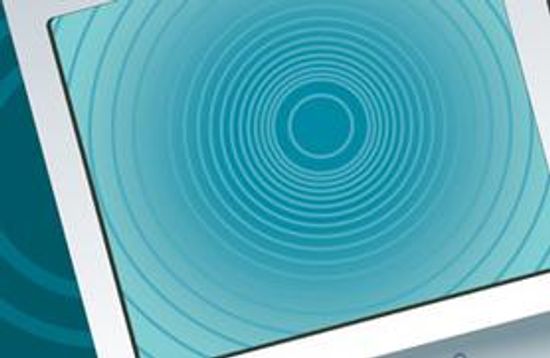
How to Cool Down Laptop: 5 Easy Ways to Prevent Overheating
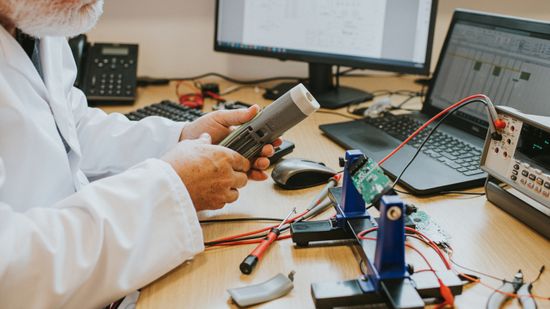
How To Know When Your Computer's CMOS Battery Is Dead
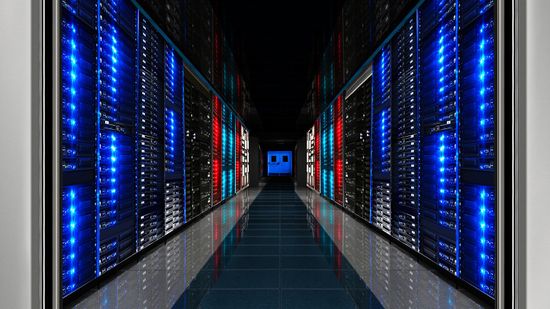
What is the world's fastest supercomputer used for?
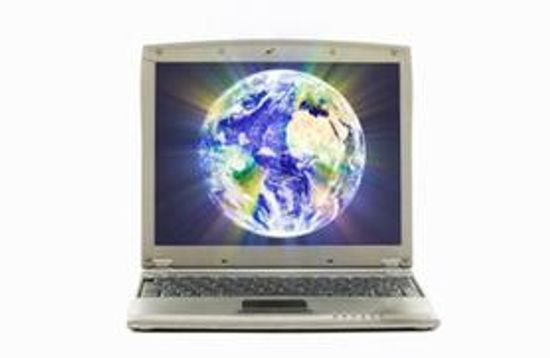
Set Your Computer for Energy Savings

Is the desktop computer going the way of the dodo bird?
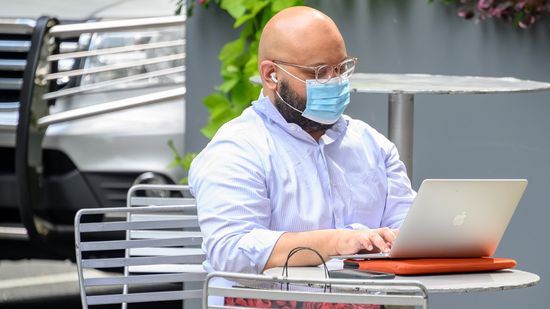
How to Force Quit on a Mac
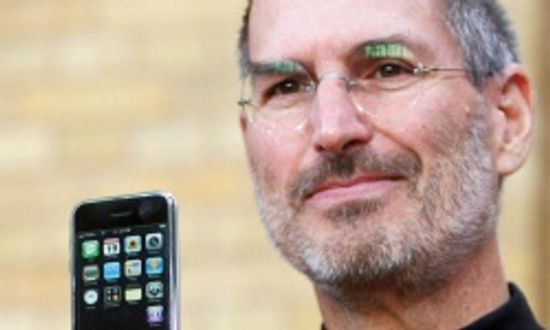
Steve Jobs: Life in Pictures

Are Macs more expensive than comparable PCs?

How the Kindle Paperwhite Works

How the Kindle Fire Works

Nook vs. Kindle Fire
Learn More / Page 6
A computer is full of buses -- highways that take information and power from one place to another. While USB is good when utilizing small electronic devices, sometimes you need something bigger. That's where SCSI comes in.
By Jeff Tyson & Tracy V. Wilson
Voice over Internet Protocol lets you make free long-distance phone calls using your computer. It's essentially a phone network that uses the Internet infrastructure already connecting computers all over the world. Learn all about the technology behind VoIP and how you can set it up on your PC.
By Robert Valdes & Dave Roos
As we move closer to intelligent computers, they may begin to follow us wherever we go. Learn how ubiquitous networking will allow our data and information to travel with us.
By Kevin Bonsor
Advertisement
Essentially, a bus is a channel or path between the components in a computer. And having a high-speed bus is as important as having a good transmission in a car.
By Jeff Tyson & Ed Grabianowski
If your computers are in different rooms, phone-line networking may be a good way to connect them. Learn all about the pros and cons of using a phone-line network.
By Jeff Tyson
No new wires! Power-line networking uses the wiring already in your house to connect your computers. Learn about the pros and cons of a power-line network and how to set one up.
By Jeff Tyson
If you're thinking of networking the computers in your home, you have several options to explore. Will you go wired or wireless? And what's the best way to ensure the safety of your network?
Advertisement
For high-end gaming and video editing, an upgradeable graphics card is a must. Cutting edge video processors allow users to render complex visual effects, blisteringly fast frame rates, and multiscreen displays, with resolutions up to 4K and beyond.
By Jeff Tyson, Tracy V. Wilson & Talon Homer
Want an all-encompassing software suite that combines the basic tools developers need to write and test software? Then you need an integrated development environment (IDE). But what is an IDE, exactly, and how does it work? Read on to find out!
The power supply in your PC provides all the different voltages your computer needs to operate properly. Find out how it puts the pieces together and troubleshoot your power supply problems.
By Gary Brown & Talon Homer
Did you know it takes two full weeks for a microprocessor plant to produce one silicon-based microprocessor? Imagine being able to make one yourself by downloading designs and then printing it on your desktop fabrication machine.
By Kevin Bonsor
Advertisement
Sound cards truly ushered PCs into the world of multimedia. Before the invention of the sound card, a PC could only beep! Learn how a sound card allows a computer to create and record high-quality sound.
Floppy disks were the first portable computer storage devices, created in 1967. They may be obsolete these days, but they definitely made computer history.
By Gary Brown
When you delete files from your computer and empty it out of the Recycle Bin, can it be recovered? Learn about computer recycling bins and file recovery.
The serial port was an integral part of most computers for more than 20 years, but new computers usually have USB connections instead. Serial ports are still used for most modems, as well as a few other electronic devices.
By Jeff Tyson
Advertisement
If you're reading this via the Internet you're probably using Network Address Translation (NAT). NAT helps reuse IP addresses and improve security - find out how it works!
By Jeff Tyson
When your PC tries to access your floppy disk drive, there could be a number of reasons. Luckily, they're pretty simple to solve -- we'll show you how to troubleshoot and fix this problem.
We wouldn't get very far without LAN switches -- bedlam would break loose at each network junction and most of us would be wondering what happened to that e-mail we sent two hours ago.
By Jeff Tyson
When you save a document, your machine disseminates little pieces of the file into empty spaces on the hard drive. Learn why it's done this way and how defragmenting maintains your computer's performance.
By Zach Taras
Advertisement
Scientists have already built basic quantum computers that can perform specific calculations; but a practical quantum computer is still years away. Learn what a quantum computer is and just what it'll be used for in the next era of computing.
By Kevin Bonsor & Jonathan Strickland
It turns out that everything you do on the internet involves packets. For example, every webpage that you receive comes as a series of packets, and every email you send leaves as a series of packets. Find out what this term really means.
Laptops are now as popular as desktops, and the price gap is closing. Learn about laptops, upgrading laptop memory, using a laptop, and read laptop reviews.
In your body is more computing power than in any manmade supercomputer. The future of computing bypasses silicon in favor of the far-more-powerful DNA strand, and the possibilities are endless. Learn how DNA could replace the silicon microprocessor.
By Kevin Bonsor
Advertisement
We're talking Star Wars-level futuristic here: Holographic memory could potentially store terabytes of data in a 1-centimeter cube. Learn how tomorrow's ultra-high-capacity computer memory will work!
By Kevin Bonsor
A FireWire connection lets you send data to and from high-bandwidth digital devices such as digital camcorders, and it's faster than USB. Learn what FireWire is, how it works and why you might want to use it.
By Jeff Tyson & Julia Layton
